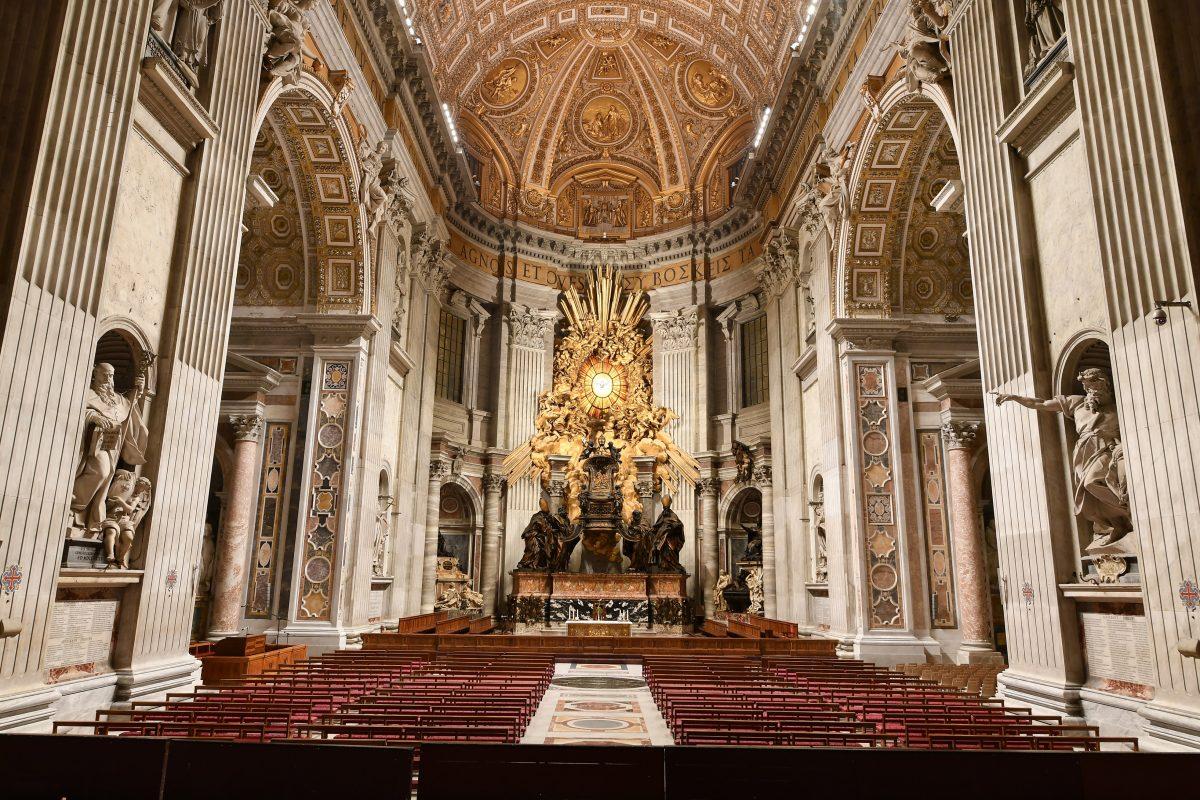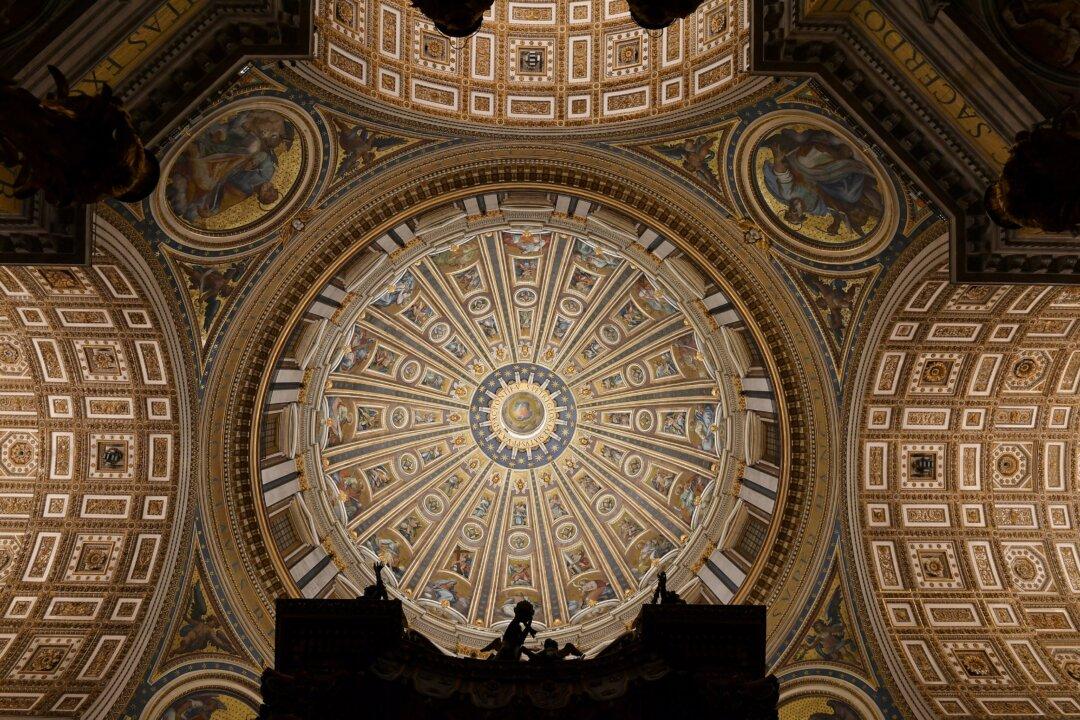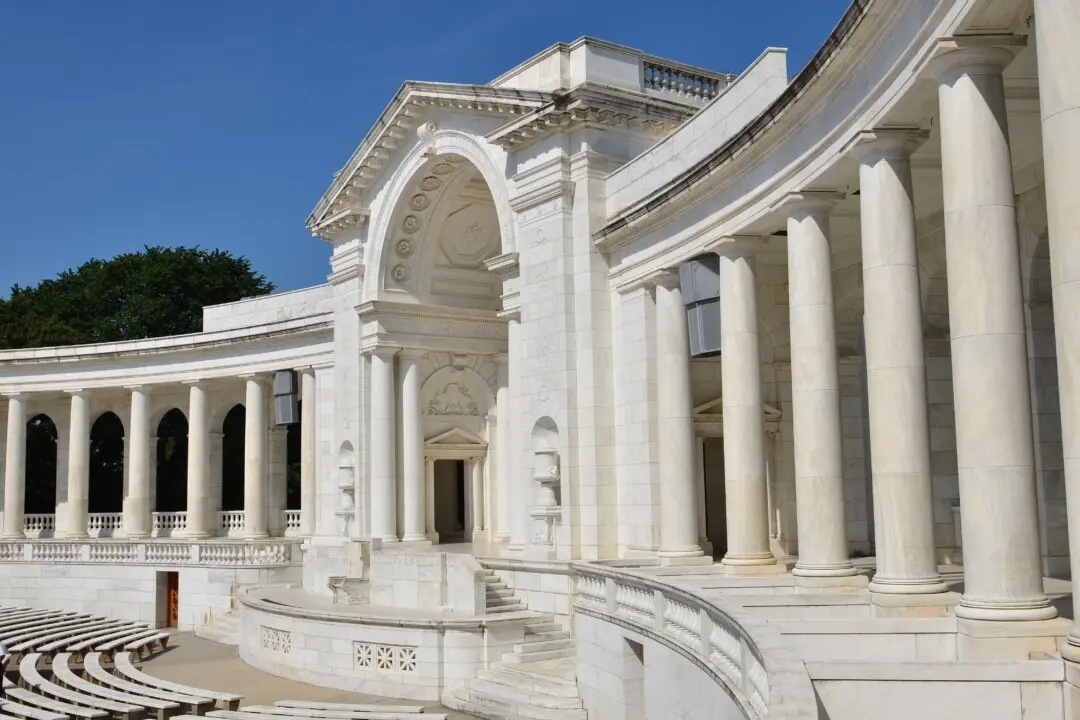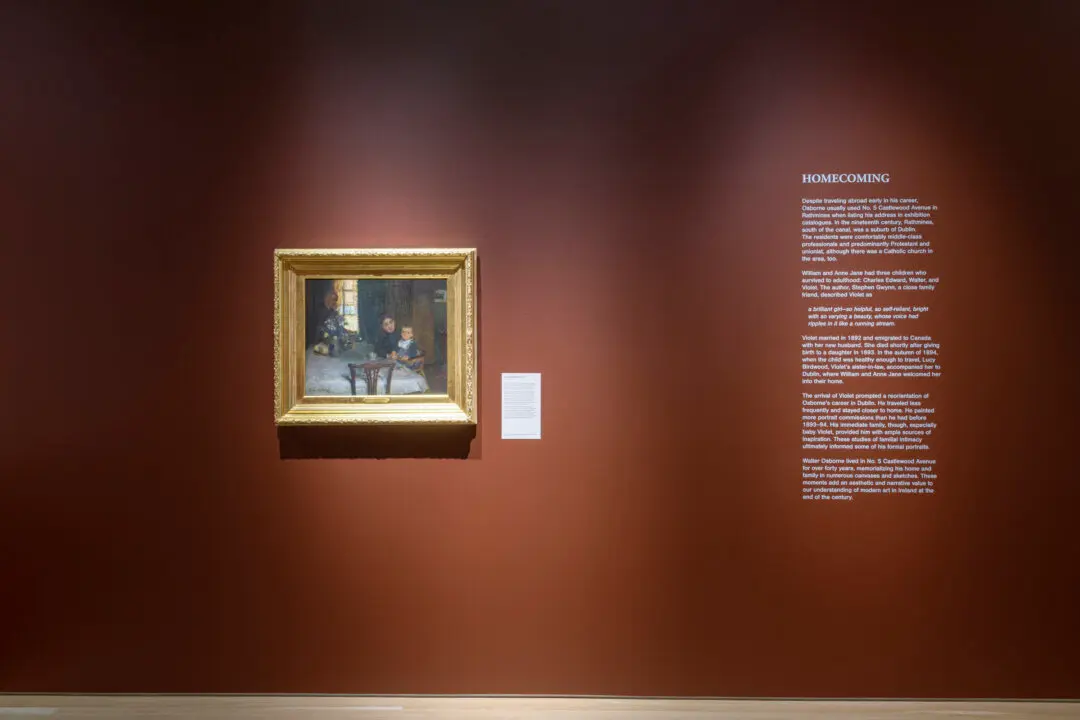St. Peter’s Basilica in Rome can now be seen in a whole new light, after 100,000 LEDs were recently installed throughout the basilica by the Germany-based high-tech company OSRAM Licht AG.

Inside St. Peter's Basilica in Rome, where new lights shine on great works of art and architecture. OSRAM Licht AG






